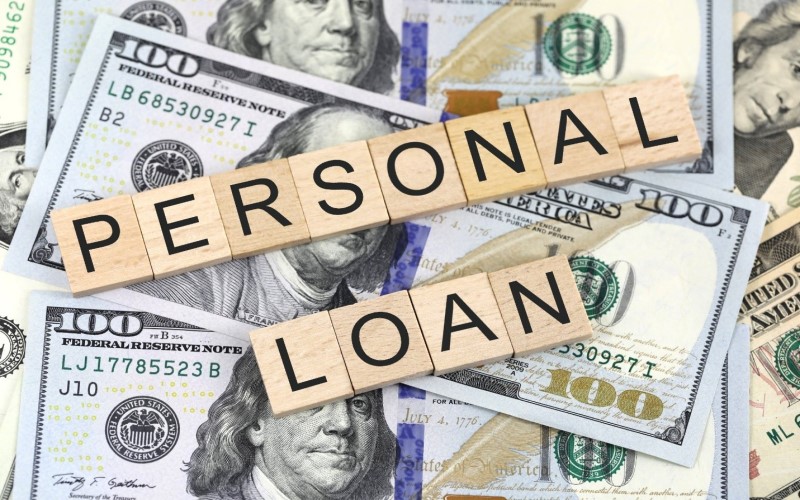Loans are very complex, and they can be a double-edged sword. Sometimes, people use them to go on vacations or complete a home renovation project. However, there comes a time when too many loans can be overwhelming, and people find that they can’t pay off anything anymore. This is when people are stuck with higher interest rates, and they start to admit that they can’t afford these specific debts.
Unfortunately, people won’t be able to predict the future and they might not be able to foresee accidents, layoffs, and medical emergencies. Anyone can simply apply, take out a consumer debt from friends, get a car with low money down, and submit a form online. However, what happens when the due date comes? Knowing what you can afford can prevent you from overextending. Below is some information that can help you make wiser choices.
Understanding Your Debt Capacity
Income and Debt Ratio

One of the primary factors in determining how much debt you can handle is your income. Financial experts often use the debt-to-income or DTI ratio to assess an individual’s ability to manage their obligations. See more about a DTI on this website here.
This figure is calculated by dividing your total monthly payments by your gross monthly income, and a lower DTI ratio indicates a healthier balance between what you earn and what you’re paying for.
Generally, a DTI ratio of 36% or less is considered manageable, while anything above 43% may signal financial strain. This is when you should aim to find ways how to reduce your credit accounts and pay off your outstanding balances to prevent them from accruing additional interest.
Creating a Budget and an Emergency Fund

When you notice that you don’t often have enough when it comes to your daily needs, it’s best to get serious with how you’re managing your finances. Avoid a loan as much as possible and track your income and expenses. Set a budget and cut back on unnecessary things so you can allocate more funds toward paying your loans.
Everything should be listed, including all of your possible income sources, fixed expenses like mortgage and utilities, as well as groceries. It’s also a good idea to include entertainment and be realistic about eating out once in a while so you don’t feel like you’re depriving yourself.
An emergency fund acts as a financial safety net, allowing you to handle unexpected expenses without resorting to high-interest loans. Financial advisors recommend saving three to six months’ worth of living expenses in an easily accessible account, so you’ll have the funds when an emergency arises. There can be a car breakdown, a leaky roof, a dental appointment, or a trip to the hospital. When these things happen, you’ll have a fallback, so you don’t resort to loans.
You also need to consider your credit score because this is going to give you an accurate financial picture of where you’re currently at in life. When you have excellent credit, this means that there’s still enough income to pay your obligations, and you can qualify for the cheapest rates when you decide to apply for a new loan.
If you’re currently at the end of the lower spectrum in terms of your credit rating, don’t lose hope. There are financiers from besterefinansiering.no/hvor-mye-gjeld-tåler-du/ that can help you get a refinancing that will help you get the amount that you need. Secure something affordable that you can use to pay off your credit cards or small loans that still accrue interest each month. The process of refinancing will help you to focus on a single lender and make sure that you’re not going to get late with the payments.
What are the Practical Strategies that Consumers Can Do?
Avalanche Strategy
There are techniques called the debt avalanche where you start with the loans that have higher interest rates and pay them off so you can save more money each month. This way, you can save more over time, and you’ll get into the habit of paying extra towards your obligation. It works for people who don’t need positive reinforcement so they can stay on track.
It involves listing most of your loans in order and starting with the ones that are considered to be the most expensive. After this has been paid off, you go down and continue towards the others until they are all eliminated. This is going to give you peace of mind because you’ll see the results quickly.
Snowball
With this method, it’s where people are encouraged to eliminate the smallest amounts of loans that they have first. This is going to help them avoid being confused and build momentum over time. It’s great when people can celebrate milestones while not getting overwhelmed.
Paying only the minimum with the others can prevent late fees while closing the accounts that are considered small can be a good idea. It’s a quick win, and many consider this easier to implement because they can have some sense of gratification after. Seeing the accounts close one after the other can also be a great motivation for those who want to keep going.
Refinancing and Consolidation
There are also options to refinance where you take out a new debt to pay off the old one. It’s going to result in a lower interest rate or reduced monthly payments. The primary goal is to get the most favorable deal about your situation when you refinance. It’s also a good option to combine multiple accounts in a single payment each month so you only have one due date. However, know that there are a lot of fees associated with the process, so do some research first.
Recognizing Warning Signs
Being aware of warning signs that indicate you’re handling too much debt is crucial:
Struggling with Minimum Payments: If you find it challenging to make minimum payments on your debts, it may indicate that your debt load is too high.
Using Credit for Necessities: Relying on credit cards for everyday expenses, like groceries or utility bills, can signal that your budget is stretched too thin.
Depleting Savings: Regularly dipping into your savings to cover expenses can be a red flag.
High Credit Utilization: Utilizing a significant portion of your available credit can negatively impact your credit score and signal potential financial trouble.
